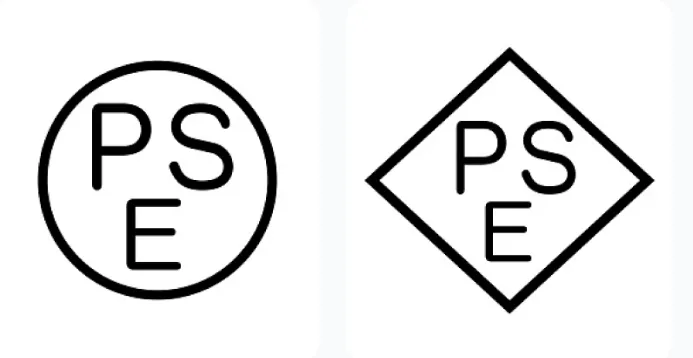
What is RCM Certification for Electrical Safety?
The RCM symbol is a unified identifier for electrical products. It is a trademark owned by regULatory authorities in Australia and New Zealand, indicating that the product complies with both safety regulations and EMC requirements. Currently, it is a mandatory certification.

The Regulatory Compliance Mark (RCM) is a registeRED symbol, where CM = Safety (product safety certification) + EMC + Importer Declaration. It signifies that the supplier declares the product's compliance with electrical safety laws/regulations in various states of Australia and New Zealand, as well as EMC requirements specified in the Australian and New Zealand Radiocommunications Acts.
Only products meeting both electrical safety and EMC regulatory requirements can use the RCM symbol. The implementation schedule for the RCM symbol is as follows:
- The Australian Communications and Media Authority (ACMA) integrated the existing three compliance marks (C-Tick, A-Tick, and SAA) into a single regulatory compliance mark, RCM, starting from March 2013.
- From March 1, 2013, new agents must log in to the new database and use the RCM symbol.
- From March 1, 2016, both new and existing agents need to log in to the new database and use the RCM symbol.
- During the three-year transition period, existing agents can continue to use the C-Tick or A-Tick marks; after the transition period, devices using the old marks will need to be re-labeled.
We can provide safety test reports and certificates (saa certificate or NSW certificate) and emc test reports (C-Tick test report or certificate), with test results accredited by relevant Australian authorities. Once clients obtain SAA and C-Tick certificates, Australian or New Zealand entities holding an Australian Business Number (ABN) or New Zealand Inland Revenue Department (IRD) number can register applications on relevant websites. For instance, the website of SAI Global, an Australian standards organization. Alternatively, we can assist in completing the RCM registration application. Email: hello@jjrlab.com
The RCM registration process involves:
1. Third-party laboratory assessment of the product to determine the applicable IEC test standards.
2. If any non-compliance issues arise during testing, the laboratory will rectify the product to meet and comply with Australian standards.
3. Upon successful testing, a test report is issued.
4. Submission of the test report to Australian certification authorities for document review.
5. Upon approval by Australian authorities, issuance of the rcm certificate.
6. An Australian client is required to act as an agent.
Regarding RCM application matters:
- If the product has CB and various national differences, it can directly undergo Safety Certificate conversion. Adding the EMC section enables agents to assist in making declarations, allowing the product to be sold in Australia with the rcm mark.
- Safety Certificate: When applying for the safety part, if the product is a direct plug-in, it must undergo an AU Plug Test (Test Standard: AS/NZS 3112: 2004); if it is a desktop product, this test is not required.
- EMC Report: It can be a C-Tick Report (Test Standard: AS/NZS CISPR 22: 2002) or a ce emc Report.
The widely recognized SAA (Standards Association of Australia) is actually a standards research institute responsible for standard formulation and revision. Its logo is not the certification mark for Australian products. The correct symbols are for product safety (no fixed symbol, can be represented by a certificate number) and the C-Tick (EMC) symbol. Regarding safety certification, mandatory certification products (Declared Articles) and non-mandatory certification products (Non-Declared Article) are differentiated based on product categories. Mandatory product safety certification testing is conducted by nationally accredited laboratories or CB member laboratories, with test reports submitted to certification authorities in various states for certificate application.
Email:hello@jjrlab.com
Write your message here and send it to us
 What is Amazon TIC and How Can Sellers Achieve Com
What is Amazon TIC and How Can Sellers Achieve Com
 2026 Battery UN38.3 Certification (Test Report) &a
2026 Battery UN38.3 Certification (Test Report) &a
 What is the IEC 62680 Standard? Compliance Interpr
What is the IEC 62680 Standard? Compliance Interpr
 Amazon Japan December Compliance Requirements
Amazon Japan December Compliance Requirements
 How to Check a CPSC-Accepted Laboratory?
How to Check a CPSC-Accepted Laboratory?
 WEEE Registration for Waste Electrical &Electr
WEEE Registration for Waste Electrical &Electr
 MSDS Chemical Safety Testing
MSDS Chemical Safety Testing
 What Are the Differences Between UK REACH and EU R
What Are the Differences Between UK REACH and EU R
Leave us a message
24-hour online customer service at any time to respond, so that you worry!




